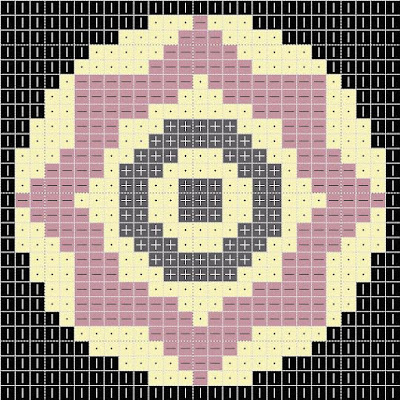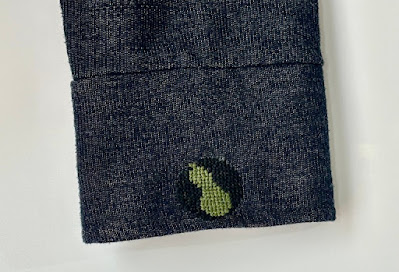What are Kikko tortoiseshell and Ganjikiyuki snow patterns?
The photo above is my original design, combining two patterns.
Kikko tortoiseshell pattern
The Kikko pattern, also known as the tortoiseshell design, holds a special place in Japanese culture. It’s seen as a symbol of good luck and longevity, thanks to its association with the turtle shell pattern.
This pattern made its way to Japan from China and West Asia during the Asuka and Nara periods. Initially, it was revered as a sacred design, used exclusively by the aristocracy.
However, things changed during the Heian period. The Kikko pattern started to appear widely on kimonos and pottery. By the Kamakura period, it had gained such popularity that it was embraced by both samurai and commoners alike.
Ganjikiyuki snow pattern
The Ganjikiyuki is a unique snow pattern, distinguished by its three-leaf foliage and snowflake design. Since ancient times, snow has been seen as a divine message and a symbol of a prosperous harvest.
Moreover, snow represents purity and the removal of impurities and the Japanese people are deeply moved by its immaculate whiteness and ephemeral beauty. Snow flower designs are often used to invoke a sense of coolness during the hot summer months.
Kikko tortoiseshell and Ganjikiyuki snow design and preparations
25 counts (4.8 cm, 1.89 inches) in diameter
DMC thread number / name / (RGB)
[・] 822 / Light Beige Gray / ( 231, 226, 211 )
[+] 300 / Very Dark Mahogany / ( 111, 47, 0 )
[ × ] 807 / Peacock Blue / ( 100, 171, 186 )

















